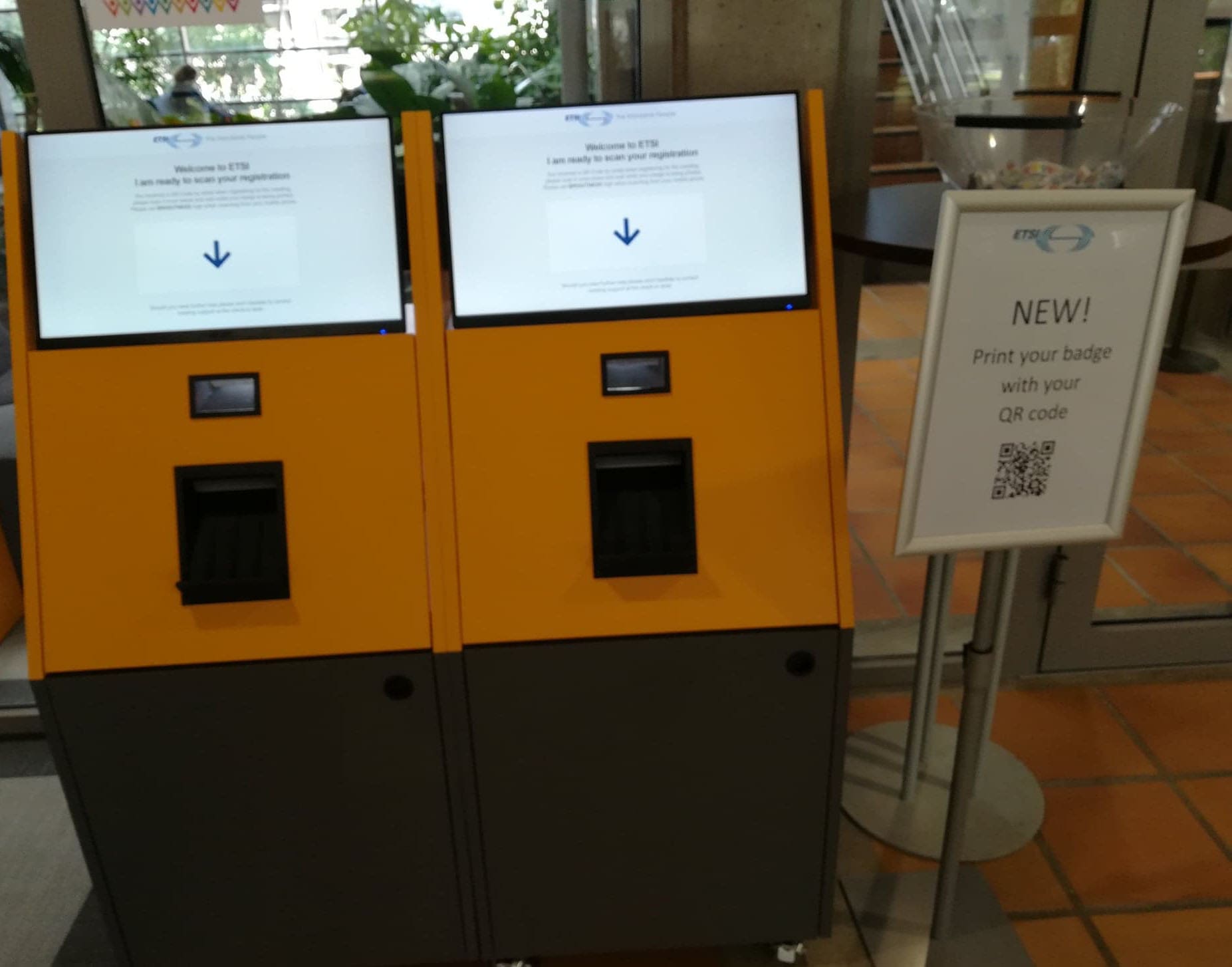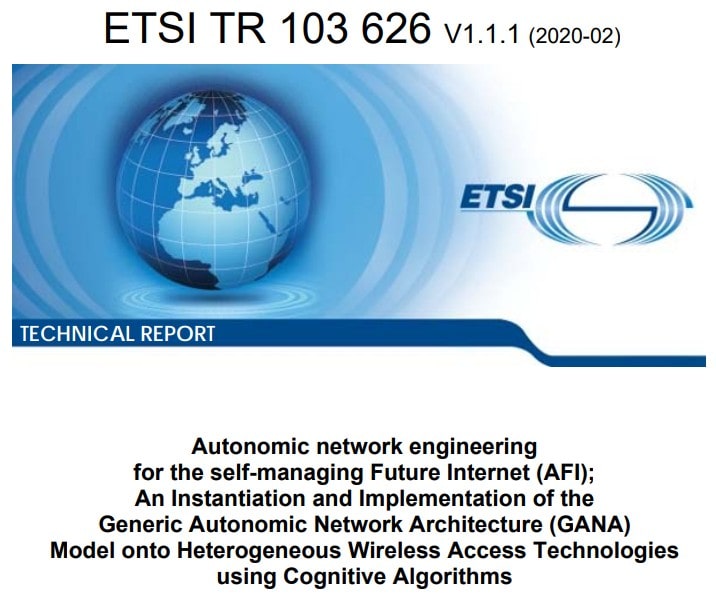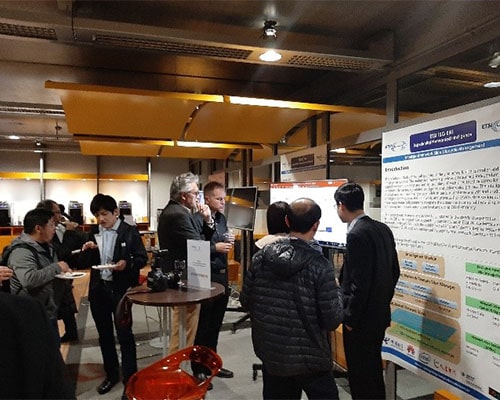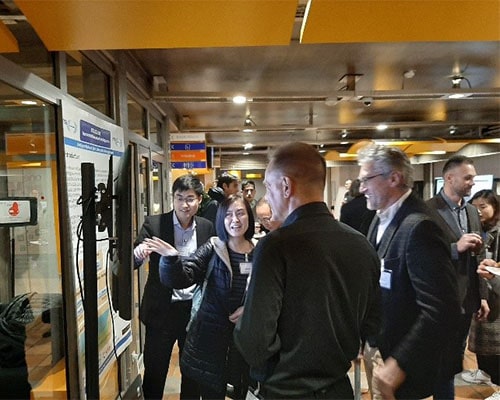New release: Data models for resource templates to foster interoperability between VIMs and NFVOs/VNFMs
2020-08-19 Posted by Hiroshi Dempo, ETSI GS NFV-SOL 014 rapporteur, NEC 8414 HitsThe ETSI NFV Industry Specification Group (ISG) has completed the initial release of ETSI GS NFV-SOL 014 titled "YAML data model specification for descriptor-based virtualised resource management". The specification focuses on a set of YAML-based data models used between NFVO and VIM (Or-Vi reference point), and also between VNFM and VIM (Vi-Vnfm reference point) for exchanging information on virtualised resources and their management. The work item and resulting document addresses specification gaps in the area of virtualised resource management and aim at enhancing the integration and interoperability of VNFM and NFVO with VIM solutions.
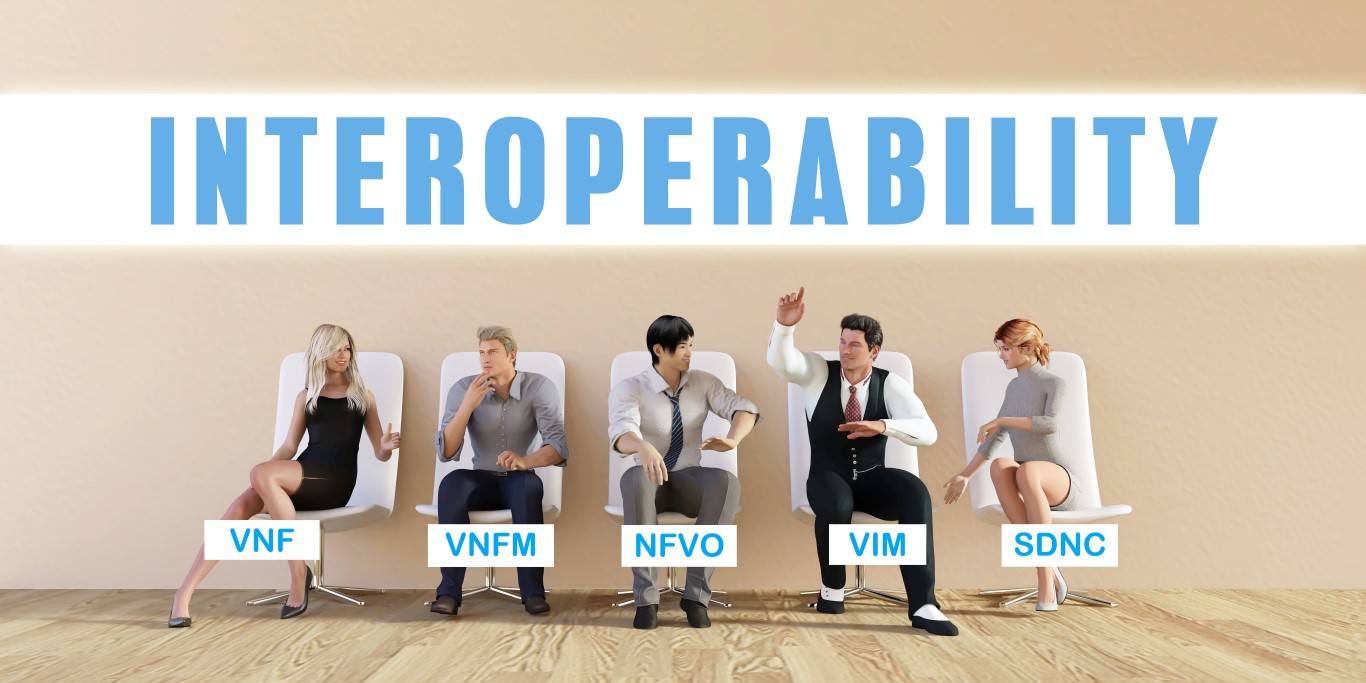
In the ETSI NFV specifications, interfaces and information models for the Or-Vi and Vi-Vnfm reference points have been specified in ETSI GS NFV-IFA 005 and ETSI GS NFV-IFA 006 respectively. Based on those specifications, the objective of ETSI GS NFV-SOL 014 is to define a set of YAML-based data models for representing information exchanged over these reference points as input and outputs to perform virtualised resource management. The descriptor-based virtualised resource management assumes a type of VIM which supports templates declaring parameters, requirements, lifecycle and composition of sets of virtualised resources.


